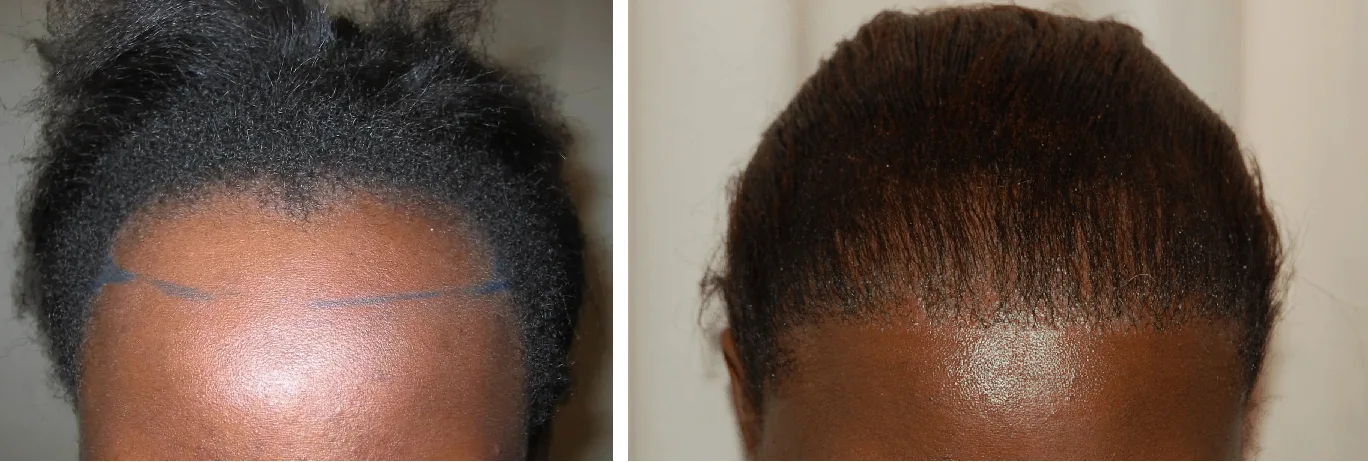Smiling is an integral part of human communication and has been studied extensively by psychologists. A genuine smile is a unique type of smile that is typically associated with positive emotions and is often described as a ‘true’ or ‘genuine’ smile. The aim of this article is to explore the psychology of a genuine smile and gain insight into the processes involved in producing and recognizing it.
The first step in understanding the psychology of a genuine smile is to recognize the differences between a genuine smile and a fake one. The main difference between the two is that a genuine smile is typically accompanied by a feeling of joy, whereas a fake smile is often used to mask or conceal negative emotions. Additionally, a genuine smile often involves the full engagement of the face, including the eyes, mouth and cheeks, while a fake smile often lacks this full engagement.
Research conducted by psychologists has shown that there are several key components of a genuine smile that makes it easily recognizable. First, genuine smiles often involve the muscles around the eyes, known as the orbicularis oculi muscles, which cause the eyes to “crinkle”. This crinkling and the widening of the eyes is referred to as a ‘Duchenne’ smile. Second, genuine smiles often involve the activation of the zygomatic major muscles, which cause the cheeks to raise and the corners of the mouth to turn up. Finally, genuine smiles often involve the activation of the risorius muscle, which causes the mouth to turn up at the corners.
Given the unique facial movements associated with a genuine smile, it is not surprising that research has shown that people are able to accurately recognize a genuine smile. A study conducted by researchers at the University of California, San Diego found that people were able to accurately identify genuine smiles with an accuracy of 82%. This suggests that there is an innate ability in humans to recognize a genuine smile.
In conclusion, a genuine smile is an important form of communication that has been studied extensively by psychologists. It is characterized by certain facial movements, including the crinkling of the eyes, the raising of the cheeks, and the turning up of the corners of the mouth. Research has also shown that people are able to accurately recognize a genuine smile, suggesting that there is an innate ability to do so. As such, the psychology of a genuine smile is an important topic of study for understanding the ways in which humans communicate.




